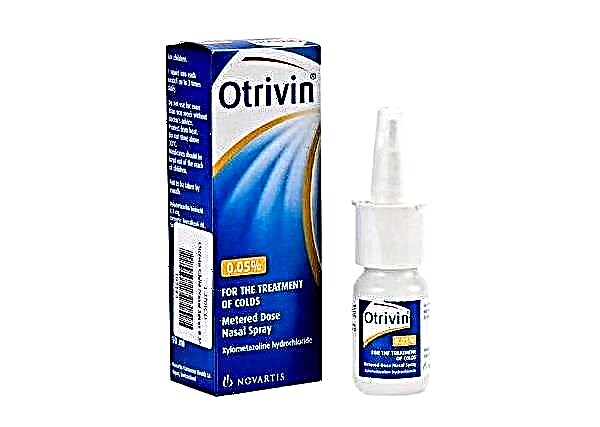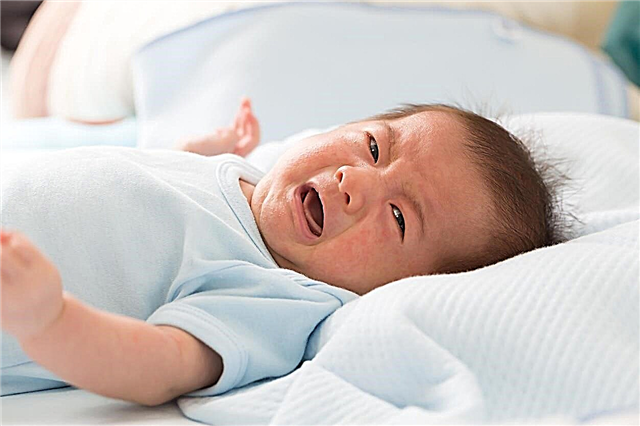Crusts behind the ears of a child are not uncommon. The symptom most often becomes noticeable during hygiene procedures. Such flakes usually have an unpleasant odor, which causes serious concern for the health of the baby in inexperienced parents. In addition to the aesthetic problem, the crusts cause discomfort, causing severe itching. As a result, the baby begins to be capricious and cry, sleep is disturbed, appetite disappears. In such cases, it is required to identify the cause that caused the problem and, by eliminating it, get rid of the symptom. The article will discuss why a small child has cracked skin behind the ears, how to eliminate the symptom, and what are the measures to prevent this problem.

Baby hygiene - effective prevention of skin diseases
Consequences of non-compliance with child hygiene
Crusts and peeling behind the ears in infants are often the result of poor hygiene in the infant. When the baby drinks milk (regardless of the type of feeding: breastfeeding or artificial), a certain amount of liquid gets behind the ears. In addition, dirt and sweat accumulate in these areas. All these components mix with each other, and the process of their decay begins, which causes an unpleasant odor, itching and irritation.
Reasons for the appearance of crusts and flaking
The main provoking factors that can lead to the formation of scales and cracks behind the ears in a child include:
- Disregard for hygiene rules.
- Staphylococcus aureus. If hygiene standards are respected, but the problem persists, the help of a pediatrician will be required. The bacterium is detected using a special analysis - inoculation on microflora. Staphylococcus aureus refers to opportunistic microorganisms that are present in most people. If the protective functions of the body work normally, and hygiene procedures are carried out regularly, correctly and in a timely manner, the bacterium does not harm. In the opposite situation, it actively reproduces and spreads.
Important! If, in addition to crusts and peeling, the baby has a fever, you should immediately consult a specialist.
Redness and the formation of pus are often observed around the crusts. With such symptoms, it is forbidden to take a bath, apply heat to the focus of inflammation. Treatment is carried out with antibacterial agents, the places behind the ears are treated with antiseptic ointments.
- Allergic reaction. Often, the ears of a newborn are flaky due to some types of allergies. Most often, a negative reaction is associated with the consumption of certain products. The most common allergens are:
- Chocolate, honey;
- Citrus;
- Other fruits (grapes, persimmons, bananas);
- Nuts;
- Melon, tomatoes, eggplant, carrots, beets;
- Milk and dairy products;
- Cocoa, coffee, tea;
- Eggs;
- Meat;
- Seafood;
- Mushrooms.
If the baby is on IV, it is better to switch to a different formula, and also to exclude complementary foods from the diet. If negative symptoms persist, other allergens may cause crusts:
- Various products for the care of the child (ointments, powders, shampoos);
- Washing powder and other household chemicals;
- Dust;
- Animal wool;
- Plant pollen;
- Poplar fluff;
- Mom's new cosmetics;
- Toys.
Important! If the negative reaction in the child still persists even after the alleged allergens have been excluded, it is worth visiting the doctor.
- Seborrheic dermatitis. The symptom in the form of crusts behind the ears (as well as on the neck, head) occurs due to excess sebum secretion, as a result of which the epidermis layer is separated and crusts are formed. Allergic reactions, endocrine disruptions in a woman during gestation, and the use of certain medications can cause dermatitis. The mild form of pathology is not accompanied by dangerous symptoms and is limited only to aesthetic problems in the form of skin peeling. The severe form is characterized by the spread of a negative symptom to other parts of the body. The child is worried not only about itching, his general health worsens, his sleep is disturbed. In the first case, the doctor prescribes a diet, external remedies for seborrhea. In the second case, the doctor prescribes ointments containing steroid hormones, antibiotics, and drugs to strengthen the body.
- Scrofula. This is what the people call a kind of atopic dermatitis. The disease mainly affects children from the first months of life to 10 years. When the flaky particles are removed, a fresh pink skin can be observed that looks like burnt. Scrofula can be caused by allergic reactions (for example, to food). Also, dermatitis occurs against the background of a decrease in immune defense, due to a lack of vitamin D or non-observance of hygiene and sanitary standards.
Interesting. As practice shows, scrofula is often found in "late" babies.
Dermatitis can be caused by such serious pathologies as syphilis, tuberculosis, malignant tumors that the mother of the child suffered from. It has been noticed that scrofula often affects children conceived by parents who abused alcohol.
At first, the disease can be confused with the usual diaper rash. Then the skin begins to peel off, a golden crust with cracks forms (which gave the name to dermatitis). If left untreated, such formations will spread to other areas of the skin.

Crust behind the child's ear
Symptoms of crusts and peeling
If a crust forms behind the ears of a newborn baby, the symptoms may be as follows:
- An unpleasant odor emanating from the site of inflammation;
- Itching;
- Redness;
- Restless behavior;
- Sleep disturbance;
- After removing the particles, there are no sores and wounds;
- In some cases, an increase in temperature.

Crust behind the ear as a sign of scrofula
Why are crusts and peeling dangerous?
The harm from the appearance of crusts behind the ears in a child lies mainly in the reason that contributed to this. If a serious pathology acts as a provoking factor, then the baby needs adequate treatment.
How to get rid of crusts
Since most often the crusts behind the ears of a child are formed due to non-observance of hygiene rules, appropriate procedures will help to eliminate the unpleasant symptom. So, in order to save the baby from the problem, you need to follow these instructions:
- Immerse the baby in water almost completely, only the face remains on the surface. This makes the crusts softer and easier to separate.
- After the procedure, wipe the skin behind the ears dry and remove the crusts with a cotton swab or disc.
On a note. If the crust that appears behind the ear of the baby is poorly removed, it must be softened with a baby cream or special oil purchased at the pharmacy. The crust should get wet within 2-3 minutes, then it can be carefully removed.
- Treat the area with sea buckthorn oil - the product will help relieve irritation and soothe the skin.
- After a couple of minutes, wipe the areas with a clean, dry cloth (which will absorb the remaining oil).
- Moisturize the skin with a cream (otherwise, the overdried dermis may crack).
- If the room temperature is too high, it is better to apply a powder to the skin.
- Your child's ears need to be cleaned regularly.
Prevention
So that the baby never has yellow crusts behind the ears, it is necessary to regularly resort to preventive measures. Caring for a child's ears involves the following steps:
- Cleaning not only the auricles, but also behind the ear folds with the help of special hygiene products;
- To avoid diaper rash, after bathing, you need to wipe your ears thoroughly;
Important! When cleaning the auricles, do not insert cotton swabs deep into the passages. Doing so could damage the eardrum, which in turn could damage your hearing. To eliminate this possibility, it is better to use sticks with a limiter.
- If, nevertheless, redness or irritation occurs, the skin should be softened with baby cream or special ointment;
- The baby needs to be bathed regularly and to keep his body clean;
- The area behind the ears should be systematically wiped with warm water (at least once a day);
- Lubricate the skin with baby cream once a week.

Preventing crusts behind the ears
The appearance of dryness behind the ears in infants, the formation of crusts and peeling of the skin are quite common phenomena. These symptoms require special attention from the parents. It is important to remember that delaying the solution to the problem can provoke the occurrence of diaper rash, the ingress of a fungal or bacterial infection, the development of inflammatory processes, increased itching and flaking, as a result, a deterioration in overall health. If these symptoms are accompanied by other negative signs (fever, etc.), you should not treat the baby yourself in this case - it is better to contact a professional.



